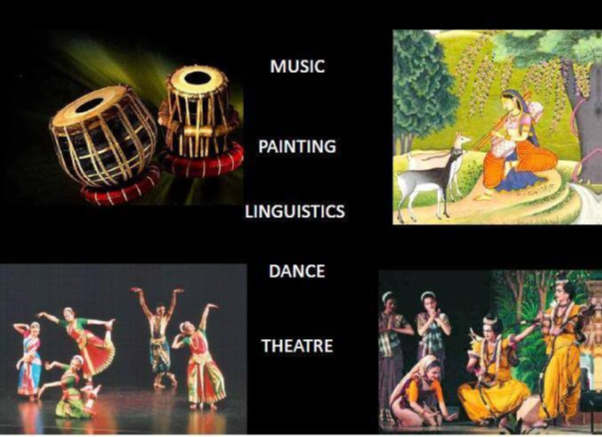Ancient Indian dramatists hold a pivotal position in the realm of Sanskrit literature, with their works embodying the artistic and cultural ethos of their time. Sanskrit dramas, which originated from indigenous traditions, emerged as the first formally recognized forms of theatre, marked by their intricate narratives and rich characterizations. The Natyashastra, authored by Bharata, is a seminal treatise on dramatic art that laid the foundation for the principles of performance, dialogue, and stagecraft, influencing generations of playwrights.
Among the luminary figures of this era, Kalidasa is often hailed as the greatest dramatist and poet in India's literary heritage. His remarkable works, such as "Shakuntala" and "Vikramorvasiyam," beautifully intertwine themes of love and nature, showcasing his mastery over language and poetic expression. Another significant figure, Bhasa, was initially known only through references in other works until the discovery of thirteen of his plays in 1912 illuminated his contributions. His dramas often revolve around heroism and romantic love, resonating with audiences through timeless themes.
The ninth to tenth centuries witnessed the rise of Rajasekhara, a celebrated playwright and poet from a Brahman lineage. His notable plays, including "Vinayaka Mangala," add layers of complexity and humor, further enriching the tapestry of Sanskrit drama. Similarly, Bhavabhuti, flourishing in the seventh to eighth century, is revered for his poignant explorations of human emotion, rivaling even Kalidasa in literary acclaim.
Sudraka, known for the celebrated "Mricchakatika" or "The Little Clay Cart," exemplifies the brilliance of prakarana dramas with its ten acts that exemplify societal norms and moral dilemmas. Finally, figures like Visakhadatta, with his "Mudra-Rakshasa," portrayed political intrigue, contributing significantly to the dramatic tradition.
In summary, the ancient Indian dramatists collectively fostered a rich and diverse cultural landscape, using their art to reflect the complexities of human nature and society, and paving the way for future generations of playwrights in the world of theatre.

